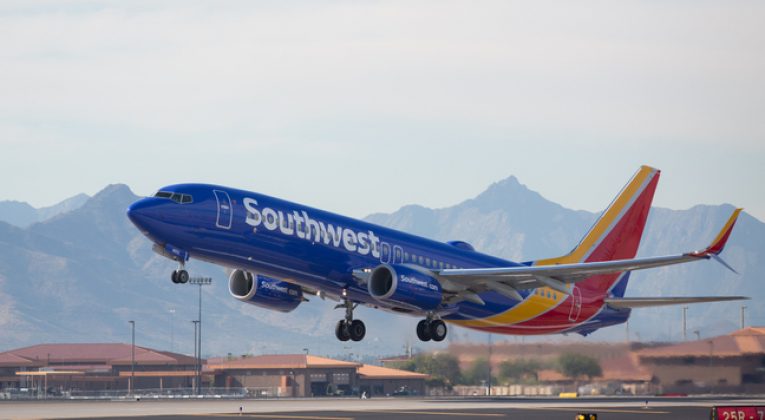This week, IdeaWorks released the eighth edition of its annual Reward Seat Availability Survey. The survey sets for itself the goal of answering one simple question: “How easy is redemption for the basic and most popular reward type offered by the world’s top airlines?”
The study strives to attain legitimacy by test-booking award flights on a multitude of routes, on a range of dates, on 25 airlines. The approach does have its limitations, however. For example, it only assesses saver award availability, for two travelers flying together, booking on the airlines’ own websites. Still, notwithstanding the persistent quibbles with the methodology, the results are always worth considering.
Related:
For the U.S. and Canadian carriers included in the study, the percentage of successful award bookings and the change in percentage points over last year’s study were as follows:
- Southwest – 100% (no change)
- JetBlue – 94.3% (+1.4 pts)
- Air Canada – 90.0% (-0.7 pts)
- Alaska – 81.4% (+8.6 pts)
- Delta – 74.3% (+5.7 pts)
- United – 65.0% (-7.1 pts)
- American – 54.3% (-2.1 pts)
Perhaps the most noteworthy of the results is the spread between the best and worst award availability, with award bookings on Southwest successful almost twice as often as on American.
As it was last year, Southwest is the clear winner. True to its advertising, award seats proved every bit as available as revenue seats. If there’s a surprise in the findings, it’s the relatively solid performance of Delta, which in recent years has been widely derided for making very few award seats available at the lowest-mileage prices.
The study also computes what it calls Reward Payback, a measure of awards’ value relative to the expenditure required to earn them. So, for instance, if it takes 20 $250 flights to earn enough miles to redeem for an award ticket with the same value, the payback, or return on investment, would be 5 percent.
Here’s how the same seven airlines scored:
- Alaska – 11.4% (+3.6 pts versus previous year)
- Southwest – 8.7% (+1.4 pts)
- JetBlue – 7.8% (-0.1 pts)
- Delta – 5.8% (+2.0 pts)
- United – 5.0% (no change)
- American – 3.9% (+0.8 pts)
- Air Canada – 3.1% (-0.1 pts)
The above payback figures are based on both the lowest available award cost in miles and the lowest available fare in dollars, and assume the miles were earned with no elite bonuses. In the case of business travelers, who pay higher fares and earned elite bonuses for their flights, the potential payback could be substantially higher.
The study uses the payback findings to favorably compare airline programs with credit-card and other retail loyalty programs:
When frequent flyer programs are assessed using this method, the loyalty power of these programs becomes quickly apparent. With retail-oriented loyalty programs offering rewards of 1% to 2%, the prospect of an 11% return presents a compelling argument to join and become a repeat customer.
The payback is indeed compelling for some of the airline programs, when the calculation assumes the miles were earned for flying. In fact, the majority of frequent-flyer miles are earned for credit-card use, at the rate of one mile per $1 for most purchases. And a comprehensive comparison of airline programs and credit-card programs would have to consider the hassle factor in booking awards with airline miles, whereas award flights offered through credit-card programs are free of capacity controls and blackout dates.
Put another way, if consumers could expect to earn an 11 percent payback, consistently and hassle-free, they’d overwhelmingly choose that program over, say, a credit-card rewards program that only rebated an effective 1 or 2 percent. That’s not the case, however, suggesting that the payback model is just too simplistic to generate meaningful results.
Reader Reality Check
How do the study’s award availability results compare to your own experience redeeming miles?
After 20 years working in the travel industry, and almost that long writing about it, Tim Winship knows a thing or two about travel. Follow him on Twitter @twinship.
This article first appeared on SmarterTravel.com, where Tim is Editor-at-Large.




